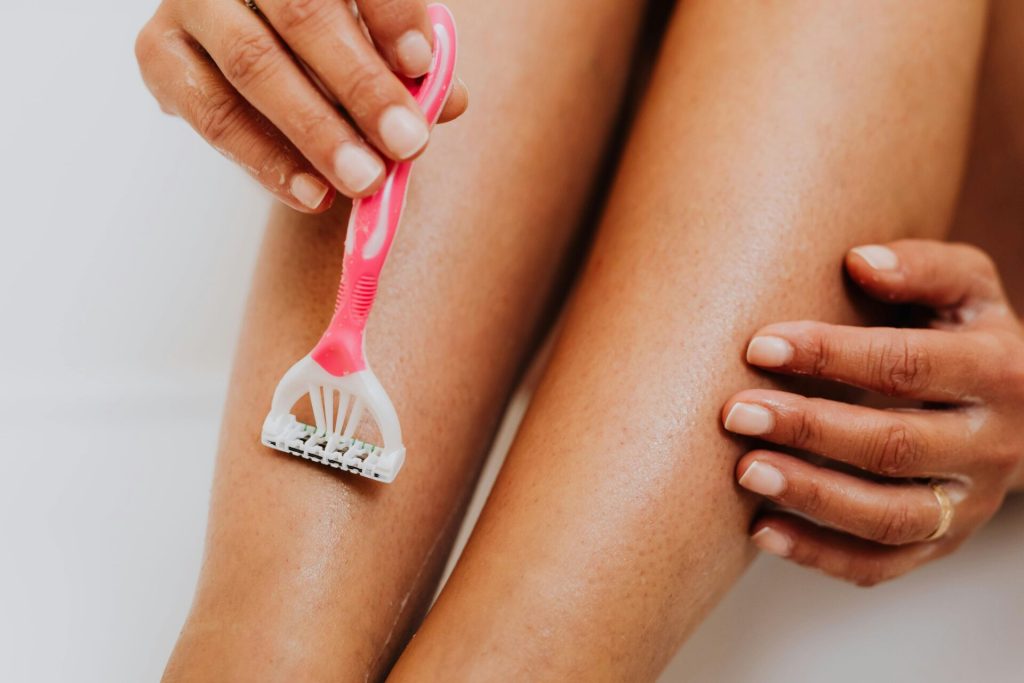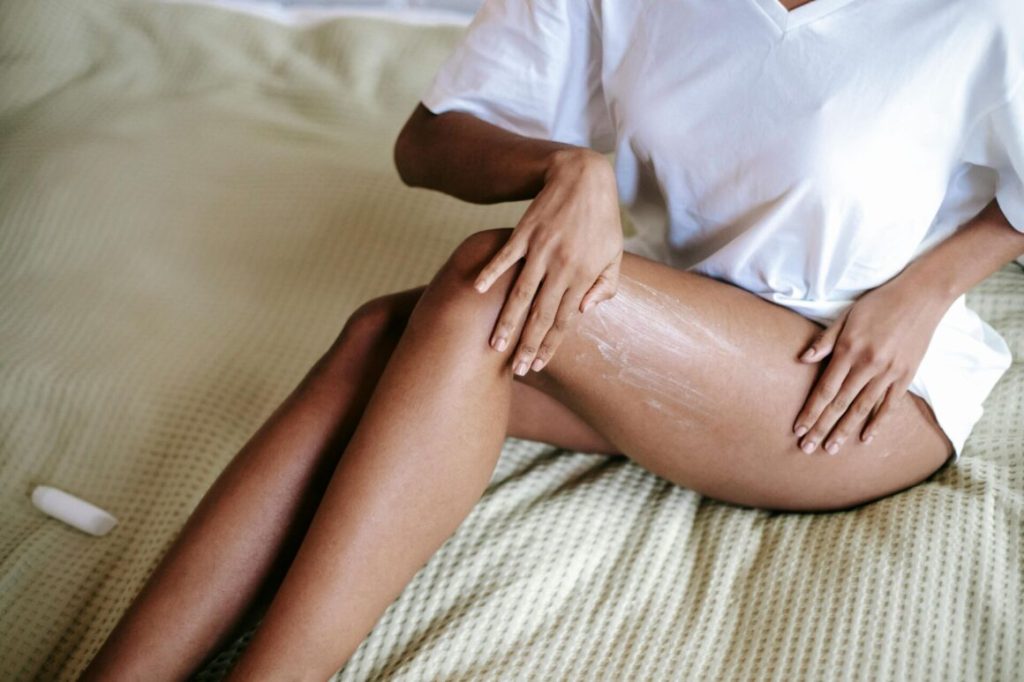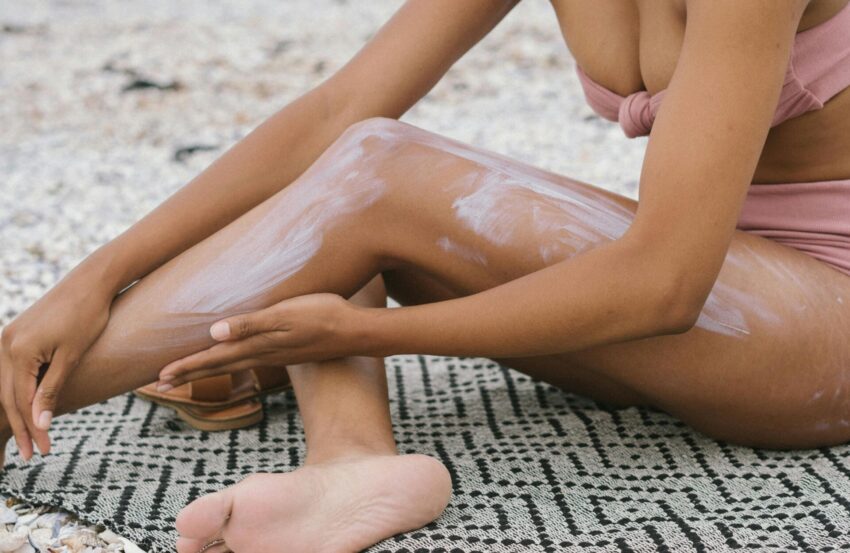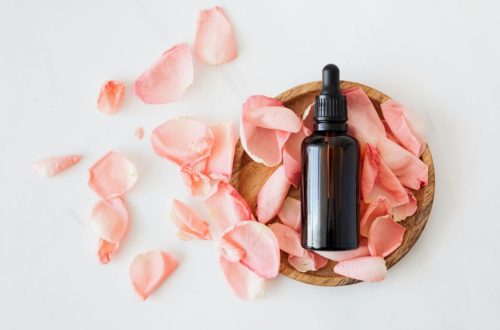Experiencing skin sensitivity or allergic reactions after laser hair removal can be concerning. To handle skin sensitivity, avoid hot baths and saunas for a few days, and opt for lukewarm water when showering. Remember to wear loose clothing to prevent friction against the treated area, reducing irritation.
After undergoing a laser hair removal treatment in Toronto, you might notice redness or swelling. These reactions are usually mild and temporary. Applying a moisturiser can help keep your skin hydrated and soothe any discomfort.
In rare cases, some people may experience hives, which appear as raised, itchy welts. If you encounter more severe allergic reactions like difficulty breathing, seek medical care immediately.
Understanding Skin Reactions to Laser Hair Removal
Laser hair removal can lead to several skin reactions, such as redness, swelling, and irritation. Being aware of these common reactions, their causes, and how to prevent them is important for effective aftercare.
Identifying Common Symptoms
After laser hair removal, you might notice redness, swelling, and irritation in the treated areas. These symptoms are usually temporary and should subside within a few hours to days. In some cases, you may also experience itching, bumps, or a mild rash. For those with sensitive skin, side effects like hives and pain could occur. These symptoms are generally manageable and are part of the healing process.
Causes of Sensitivity and Allergic Reactions
Several factors contribute to skin sensitivity and allergic reactions during laser hair removal. Skin type and pigment play significant roles, as certain skin types are more prone to adverse effects. The laser targets hair follicles, and the heat generated can cause temporary discomfort. Sun exposure before or after treatment can exacerbate side effects. In some rare cases, the body’s histamine response can lead to allergic reactions such as hives.
Preventing Adverse Reactions
Preventing skin reactions after laser hair removal starts with proper preparation and aftercare. Ensure you shave the area before treatment to reduce irritation. Use sunscreen to protect your skin from UV rays and avoid sun exposure before and after sessions. Applying cool compresses can help reduce redness and swelling. Moisturise the treated areas daily, and consider taking antihistamines if you have a history of allergic reactions. Always follow the aftercare instructions provided by your technician to ensure a smooth recovery.
By understanding these key points, those undergoing laser hair removal can better manage and prevent skin reactions, leading to a more comfortable experience.

Aftercare and Treatment for Skin Sensitivity
Skin sensitivity after laser hair removal requires specific care methods to reduce irritation and prevent allergic reactions. Focus on immediate aftercare, treatment for severe reactions, and long-term skincare to keep your skin healthy and smooth.
Immediate Aftercare Procedures
Right after your laser hair removal, your skin may feel sensitive and might show signs of redness or swelling. Cold compresses can help reduce inflammation. Applying an ice pack or a cool, damp cloth for 10-15 minutes can soothe the treatment area.
Moisturise your skin with gentle, fragrance-free products to prevent dryness. Hydrating the skin helps promote healing and prevent irritation. Opt for loose clothing to avoid friction against sensitive areas.
It’s important to avoid direct sunlight and keep the treated skin covered. Sunscreen with high SPF can help protect the skin when you need to go outside.
Managing Severe Allergic Reactions
In some cases, you may experience severe reactions like intense itching, blistering, or crusting. Do not scratch the area, as this can worsen irritation.
If you notice symptoms like difficulty breathing, fever, or extreme swelling, seek medical care immediately. Steroid creams or antihistamines prescribed by a physician can help reduce severe reactions.
For skin areas that develop crusts, keep them clean and apply an antibiotic ointment if recommended by a doctor. Avoid peeling or picking at crusted areas to prevent scarring.
Long-Term Skin Care and Monitoring
Long-term care involves monitoring your skin for any persistent side effects. Regular moisturising keeps your skin hydrated and supports healing.
Use gentle cleansing routines with mild, fragrance-free cleansers. This helps maintain the skin barrier without causing additional irritation. Regularly check for any changes in skin colour or texture, and consult your doctor if you notice anything unusual.
Avoid exposure to potential allergens that can trigger reactions. Select skincare products that are tailored for sensitive skin and avoid those with harsh chemicals.
Consistent, attentive care will ensure your skin remains healthy and glowing post-treatment.

Conclusion
Taking care of your skin after laser hair removal is essential to prevent irritation and allergic reactions. Always use moisturiser to keep the treated area hydrated and avoid sun exposure for at least two weeks. Wearing loose clothing and opting for lukewarm water instead of hot can further help in reducing discomfort.
If you experience redness, swelling, or bumps, applying cold compresses can soothe the skin. Following these steps ensures a smoother and more comfortable recovery process after your laser hair removal treatment.






